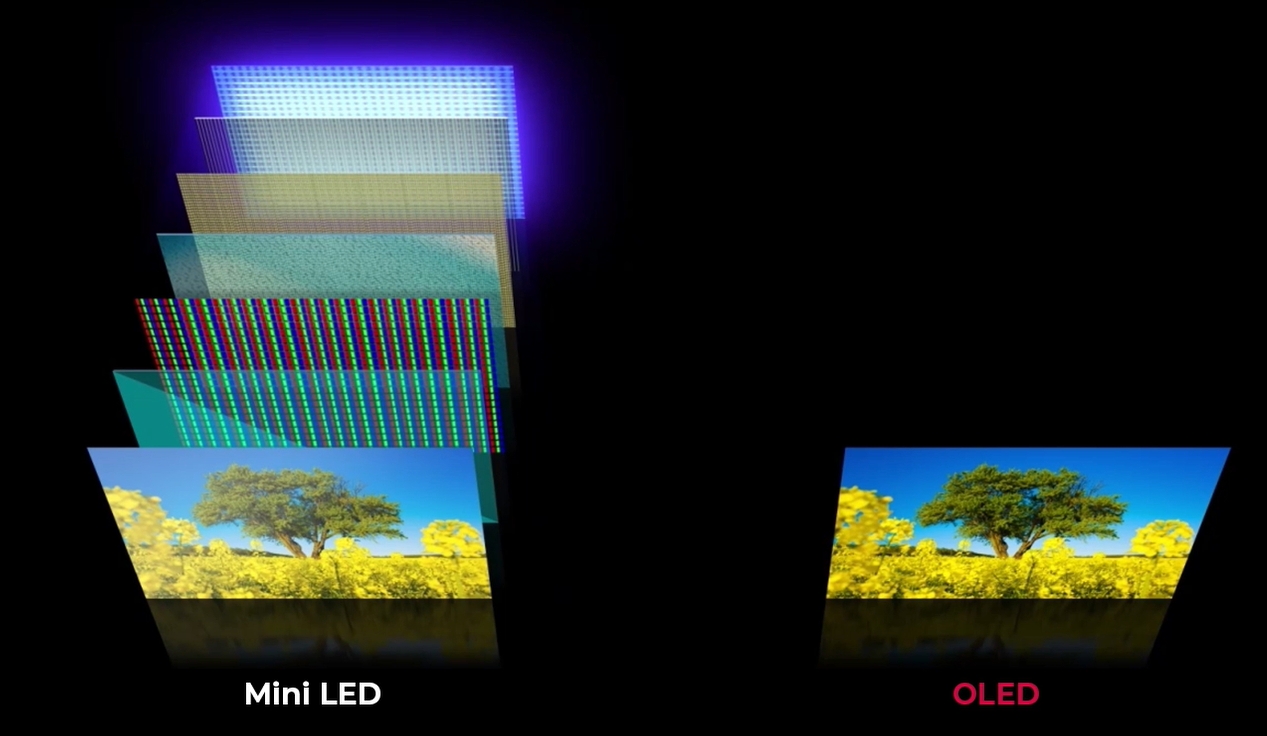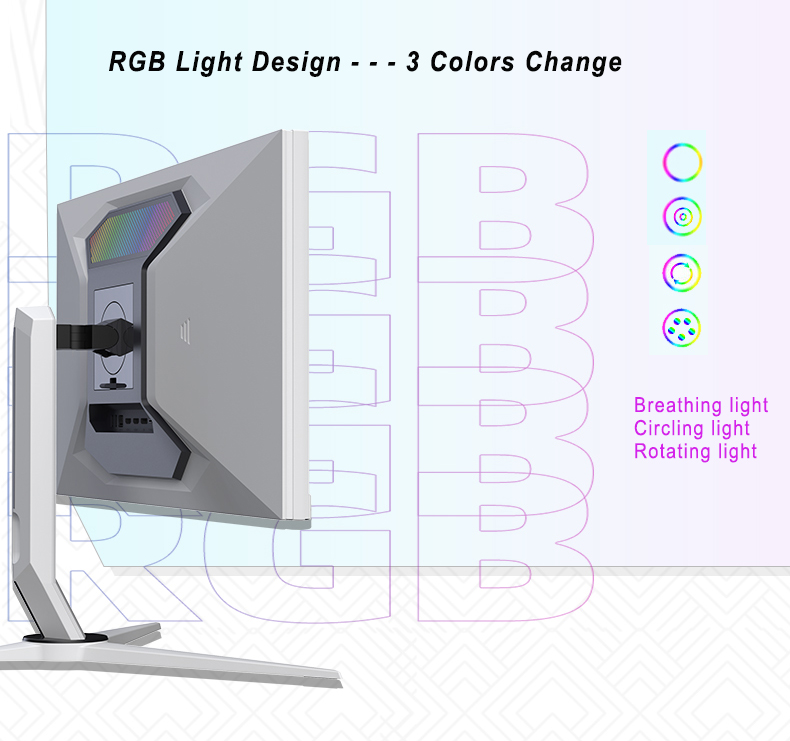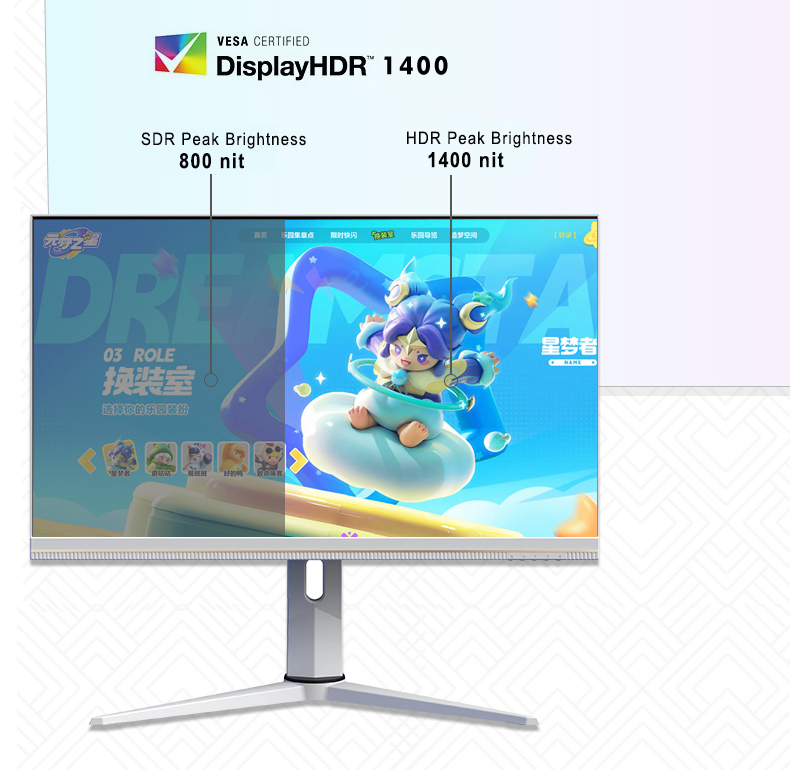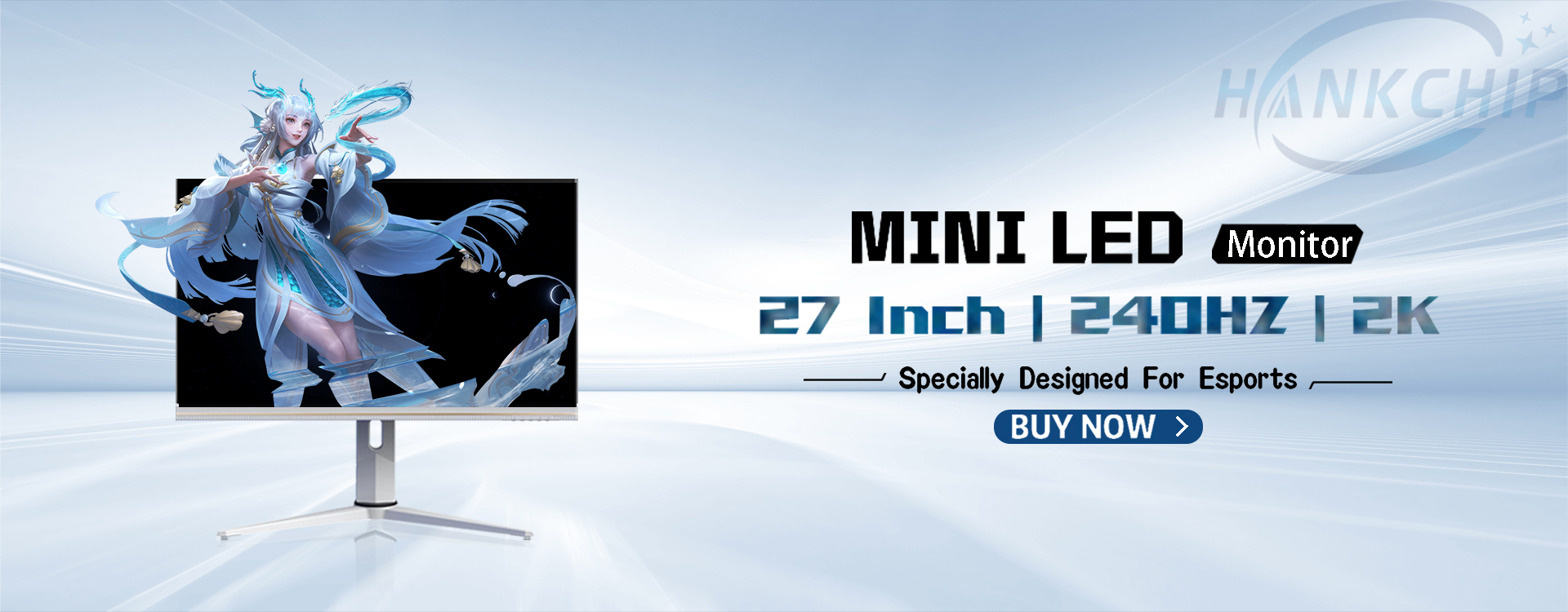OLED vs Mini LED, which one is better to choose?
What is Mini Led? It is a new word. (As we know LCD, OLED)
Mini LED is a type of LCD that uses very small blue LEDs as backlights. Mini-LEDs offer improved brightness, contrast and other enhancements compared to LEDs in traditional LCD displays. However, since it has the same structure as LCD, utilizing a backlight, it still has the limitations of a non-self-emitting display.

Light Source Difference
The smallest unit that controls light independently is called a "light source". OLED's light source is more than 20,000 times that of Mini-LED, and its 33 million pixels independently control light to produce exquisite colors and perfect blacks. *At the same time, Mini-LED’s approximately 1,500 light sources control light at a block level, making it impossible to express complex colors.

Which one gives Perfect Picture Quality?
Compared with Mini-LED, which has the limitations of non-self-illuminating displays, OLED displays 100% perfect color accuracy, providing natural and precise colors as well as the exact colors the user wants.
Perfect RGB Color.

Brightness and HDR
Mini LED has clearly achieved a major victory in terms of brightness.
Modern OLED displays rarely exceed 1,000 nits in brightness, and when they do, they don't work reliably. For example, LG's C9 OLED TV has low peak brightness. Mini LED displays, such as Apple's Liquid Retina XDR, Samsung's Odyssey Neo G9, and Samsung's QN90A TVs, can reach peak brightness well above 1,000 nits and, to say the least, can maintain 600 nits.
We can see this as a key advantage. The best HDR standards require brightness up to 10,000 nits. Current consumer-type mini-LED displays cannot achieve this, but they still have advantages over traditional LCDs and expensive OLEDs. Future displays may achieve better brightness effects and HDR effects.

Contrast and Darkness
The biggest advantage of OLED is opposite to the incredible brightness of Mini LEDs. The self-luminous characteristic of OLED means that each pixel can be individually turned on or off, providing a deep, dark, and perfect black level.
Mini LEDs have significant advantages in power and brightness, but OLEDs have advantages in contrast (especially off-axis contrast), response time, and no halo effects The halo effect, also known as halo, refers to the brightness halo that often appears around bright objects on Mini LED displays.
Buy which one?
OLED and Mini LED each have their advantages. On the market, OLED displays have fewer styles and are in a relatively high price range. You can choose mini LED displays when the budget is limited and you want to enjoy high-quality visual effects.
Recommend our new 27-inch QHD 240HZ Mini LED monitor (5K60HZ option) as a cost-effective choice for esports enthusiasts. The WhatsApp button on the page lets you contact us for more product information.Hankchip mini led 240hz gaming monitor
With the improvement of technology, we believe OLED displays will also become more mature, with more choices and beautiful prices.
Let's wait and see!

.jpg)